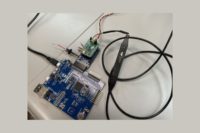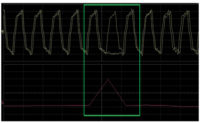Mike Hertz
Mike Hertz has been a Field Applications Engineer with Teledyne LeCroy in Michigan for over 20 years. Before joining Teledyne LeCroy, he worked in Applications and Marketing with both Agilent Technologies and Hewlett-Packard in Colorado. He holds a BSEE from Iowa State University and an MSEE from the University of Arizona. Hertz is an Eta Kappa Nu electrical engineering honorary recipient, has published 60 articles in the field of test and measurement, and has been awarded 7 U.S. patents in oscilloscope measurement design.







